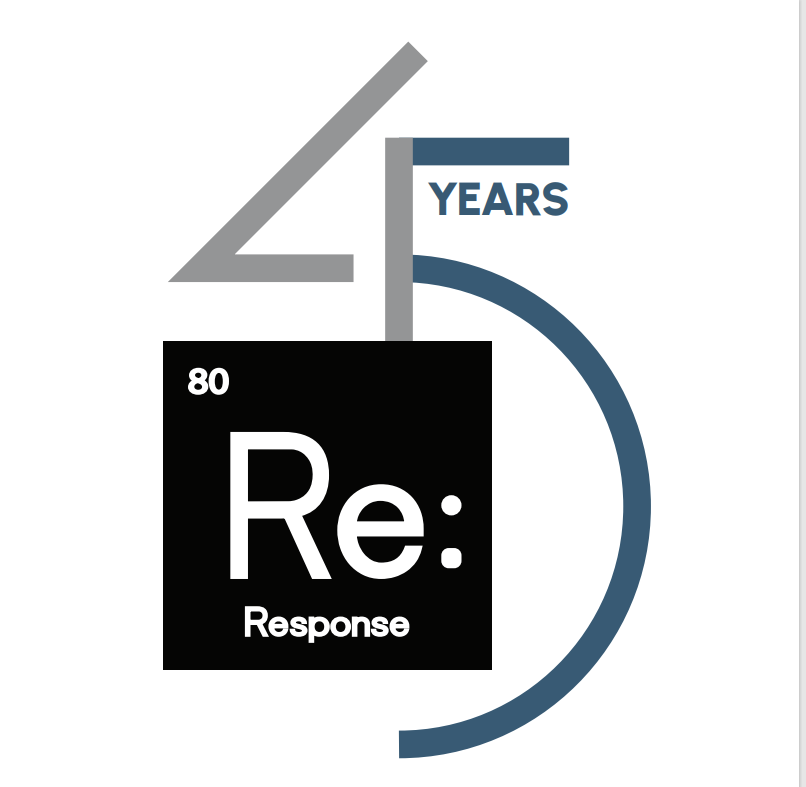As an engaged scholar (a fancy word for a practicing academic researcher), I’ve spent decades studying marketing and have reviewed hundreds of scholarly articles and marketing literature. I have seen the power of scientific rigor when applied to marketing to drive business growth firsthand. It is exactly because of this experience that my agency emphasizes the use of proven behavioral scientific principles.
Behavioral science is the study of human behavior through the use of systematic experimentation and observation. In marketing, behavioral science principles help you better understand consumer behavior and decision making. As most human decisions are driven from both the conscious and unconscious mind, experimentation and observation are key. Asking people how they make decisions, in essence, is asking them to recreate with their rational mind which leads to (you guessed it) unintendedly lying. Unfortunately, it’s not only consumers that are lying.
All too often, many in the marketing world claim that behavioral science underpins their strategies, but real evidence of this integration is rarely seen. Many still rely on traditional, surface-level approaches that fail to incorporate the depth of insights behavioral science offers. To genuinely leverage behavioral science, it’s essential to dig deep into proven methodologies and theories that have been rigorously studied and applied. This means using scientific frameworks such as Optimal Stimulation Levels (OSL) and Necessity Concerns Theory to understand consumers at a deeper, intrinsic level. These tools help brands pinpoint key decision-making stages, what we call ‘EDGE MOMENTS’, and align marketing strategies with consumers’ specific needs and emotional states at these pivotal moments.
Why Behavioral Science Matters in Marketing:
When applied effectively, behavioral science enhances marketing efficiency and boosts return on investment (ROI). More importantly, it allows your brand to understand customers at an intrinsic level, fostering long-term growth. Many scientific theories can be applied to marketing strategies, directly influencing consumer behavior and building stronger brand attachment—ultimately driving loyalty and growth.
Getting Started and Measuring Success
The first step to actually integrate behavioral science into marketing is to understand the breadth of literature and practical theories. Here are just a few of the theories we apply here at Response Media to “take advantage” of human biases:
- One of the most well-known behavioral frameworks, the Technology Acceptance Model (TAM, Davis 1989), explains how users adopt new technology. It’s based on the idea that a user’s beliefs, attitudes, and intentions determine how they’ll adopt and use a new technology.
- The Optimal Stimulation Levels (OSL) Theory suggests that consumers have a preferred level of stimulation; deviations from this level can significantly affect decision-making. By recognizing how stimulation impacts behavior during “EDGE MOMENTS,” we can tailor messaging and engagement strategies to match consumers’ emotional and psychological states.
- The Necessity Concerns Framework (NCF) can support healthcare professionals in targeting patients’ medication beliefs and decisions to nudge better adherence and health.
How we Utilize Behavioral Science
At Response, we have placed Optimal Stimulation Levels and Necessity Concerns theory at the heart of our marketing strategies. Here’s how we incorporate OSL to create better outcomes:
Identifying Key ‘EDGE MOMENTS’
By analyzing the customer journey, we can determine where stimulation levels impact decisions. We map out key decision points, tracking how varying levels of stimulation—via advertising, content, or engagement—affect campaign outcomes. Through experimentation and proper testing, we determine whether our strategies are engaging versus overwhelming consumers at different stages.
Emotional vs Practical Factors
Necessity Concerns delves into the psychological and emotional factors influencing whether a product or service is perceived as essential or discretionary. It helps identify and position offerings based on consumer perceptions of necessity, aligning marketing strategies with their core needs. This outlines how consumers are more likely to allocate resources toward necessities during times of high financial pressure or emotional stress, while their focus shifts toward wants when they feel secure and affluent. For instance, in Pharma, this helps identify which patients are more likely to be compliant, whether intentional (intentional adherer) or unintentional (unintentional adherer). Better understanding patient emotions allows us to influence adherence and compliance.
Optimizing Consumer Engagement
By understanding stimulation levels, we adjust our approach to ensure that consumer interaction is productive, not disruptive. This understanding helps us build stronger, more meaningful connections with consumers, fostering long-term brand attachment. For example, we create email sequences that align with the consumer’s current state of mind. For necessity-driven customers, we stress urgency or practical value, such as offering discount codes, special offers, or “limited-time” access to essential services. For want-driven segments, we focus more on exclusivity, luxury, and the emotional benefits of the product.
Key Metrics for Success
Rather than relying on consumer surveys that breed bias (i.e. consumers unintentionally lying), we focus on metrics that provide insight into how well our stimulation strategies align with consumer needs. These include:
1. Conversion Funnels: Tracking how effectively consumers move through the conversion funnel based on various levels of engagement.
2. Drop-Off Points: Identifying where consumers lose interest due to either too much or too little stimulation.
3. Decision Timing: Measuring how the timing of consumer decisions changes based on their emotional state and engagement level.
These metrics allow us to fine-tune our strategies, ensuring that we are neither overwhelming consumers nor leaving them under-stimulated. This balance is critical for building brand attachment.
Lying exists…sometimes intentional and sometimes not. It’s important to use scientific rigor and in-market experimentation to understand and overcome biases with consumers. Admittedly, we are biased in terms of providing advice about agencies. However, we do rationally recommend you dive deep to understand the behavioral science credibility of any agency and not just take it on face value.
Insight Author: Dr. Alvin Glay
Ready to take your marketing strategy to the next level?
Connect with us to learn how we can apply these insights to your brand.

















